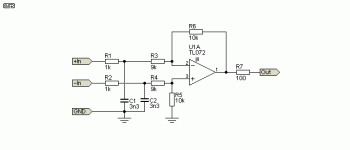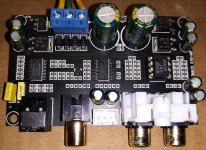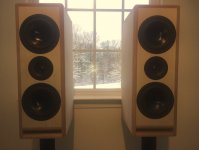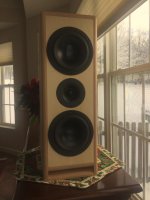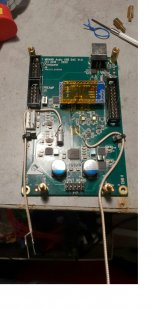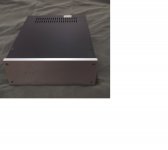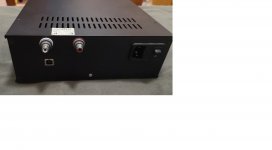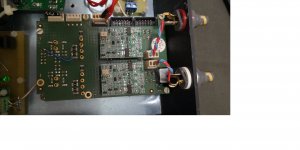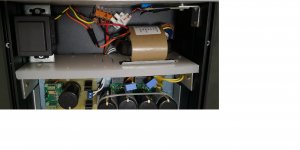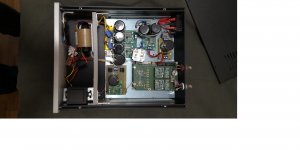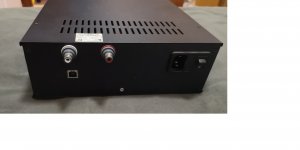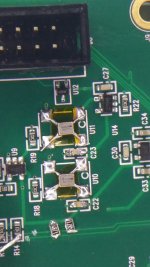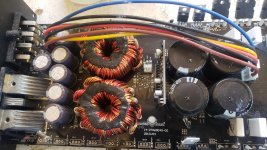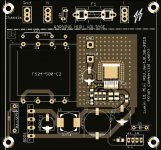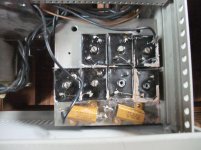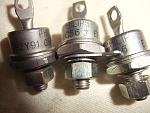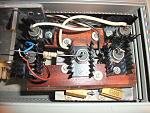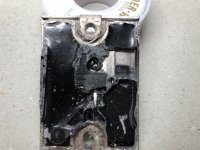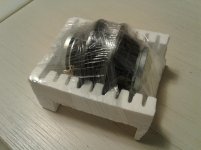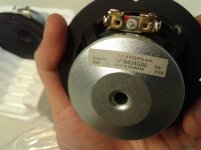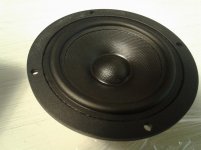I folks,
I'm not looking to open a can of worms on the supposed sonic advantages/disadvantages of mains conditioning.
Let me explain the situations: I moved to a new city in the last year, and since getting here every largish transformer I have hums. The toroid in my SS amp hums, an EL I'm using in a new amp hummed a bit when I tested it, I can hear the transformer in my Desktop computer hum, and the power amp for a home theater system hums, and there is now more background noise and a worse power off thump than there was before. These things are all in the same room, but the hum follows any of them around the house.
All of this humming is getting close to driving me insane. We also have a small aquarium pump elsewhere in the house that vibrates, so much so it has kept me awake some nights. I replaced one pump on warranty, thinking it was the pump, and then tried another brand, all of which were well regarded for being quite and smooth. Most of the time it is very quite, but sometimes it is extremely loud, I've noticed when it is being loud the Torioid in my SS amp hums worse. Both of them are loud right now in fact. CFL's seem to hum sometimes too.
My fiance hears the humming too, so I know I haven't just lost my mind. In fact, she though she was going crazy until she mentioned it and I told her I could hear it too.
So from some research I think that there is likely DC on the mains, quite a bit, or that there is some signal at higher than 60hz. Or both. Unfortunately I only have a DMM, so i'm not sure how to test for either of these. However, I'm going to be moving a lot over the next few years, so it occurred to me that I might as well just build something that deals with both.
I've found plenty of circuits for DC blockers, seems like some diodes and large capacitors in parallel is the way to go for that.
As for dealing with non-60hz signal that isn't into the RF range, I'm having trouble and looking for suggestions.
Additionally, the mains voltage is not very stable here, and rather high. Normal is 123, but I've seen it as high as 125 and as low as 118 when testing outlets. I've been getting more into vintage gear lately, so I was thinking I might want some a 117 or 115 outlets on my "power station". I may just buy a variac (which would probably hum too

), but what are some other solutions and ways of dealing with the unstable voltage, usually it will be go +/- 1v a few times a minute, with occasional big drops and spikes that aren't related to local draw.
Speaking of testing outlets, I've had to replace a few because of faulty grounds, I was thinking of incorporating some sort of fault detection circuit and indicator LEDs on my power station, any suggestions there as well?
I've got about 4x as many power bars as I actually need around here, so I have plenty of outlets, and appropriately rated switches and breakers to scavenge.
Sorry for the long rambly post- I didn't sleep well last night. Can you guess why?


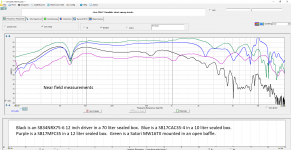

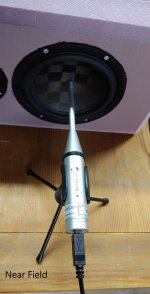
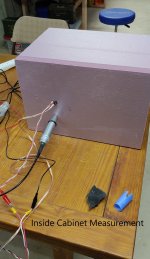
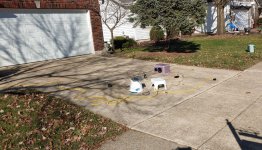

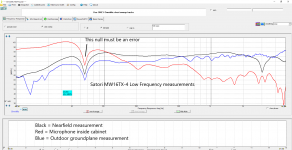
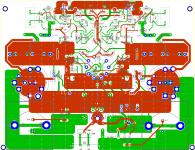
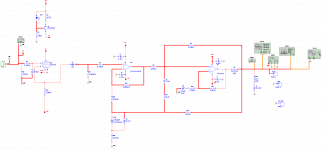
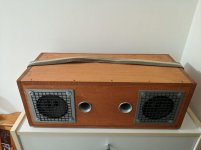
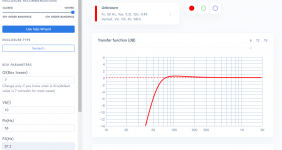
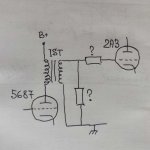
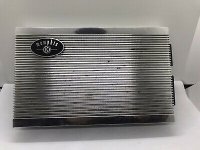
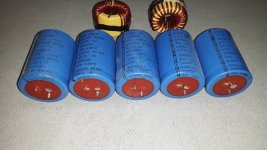
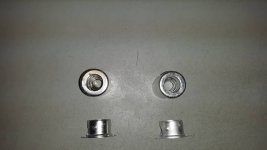
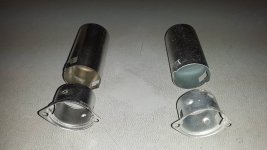
 ), but what are some other solutions and ways of dealing with the unstable voltage, usually it will be go +/- 1v a few times a minute, with occasional big drops and spikes that aren't related to local draw.
), but what are some other solutions and ways of dealing with the unstable voltage, usually it will be go +/- 1v a few times a minute, with occasional big drops and spikes that aren't related to local draw.